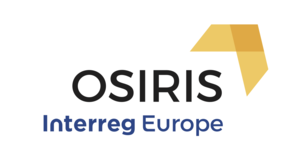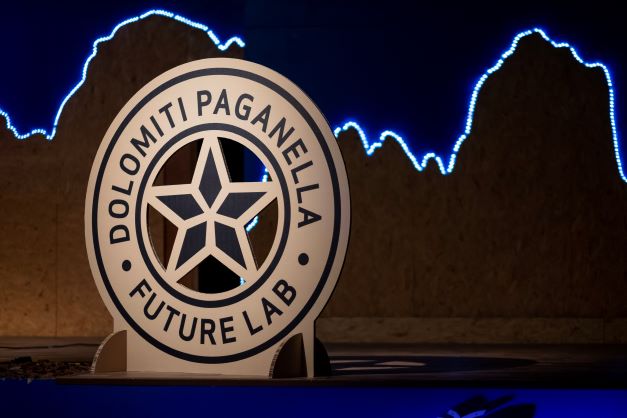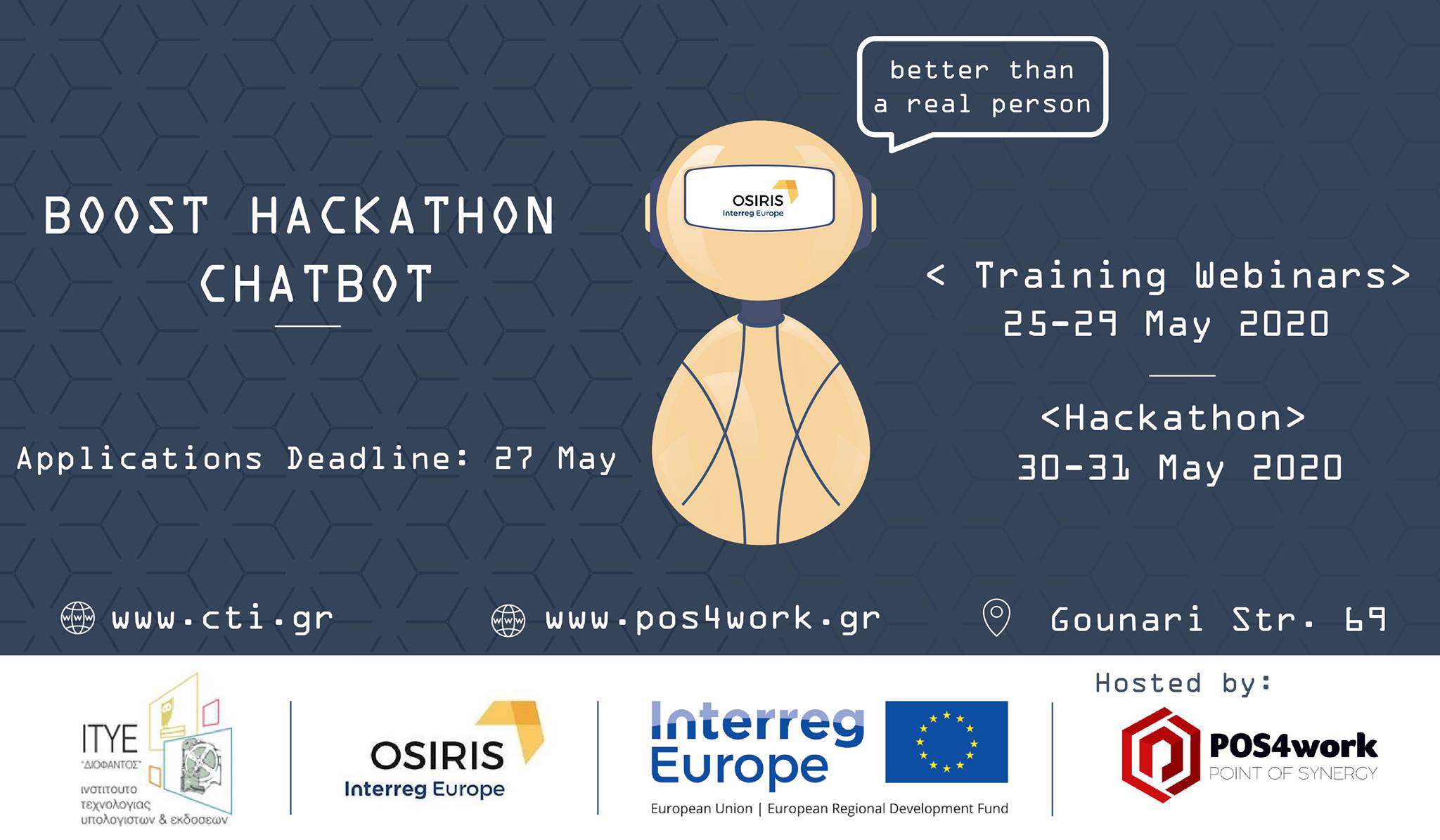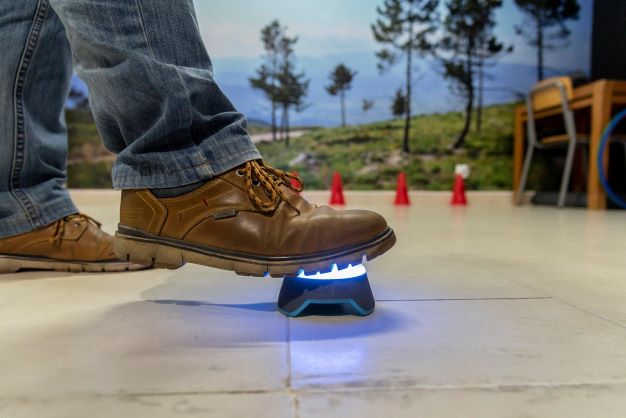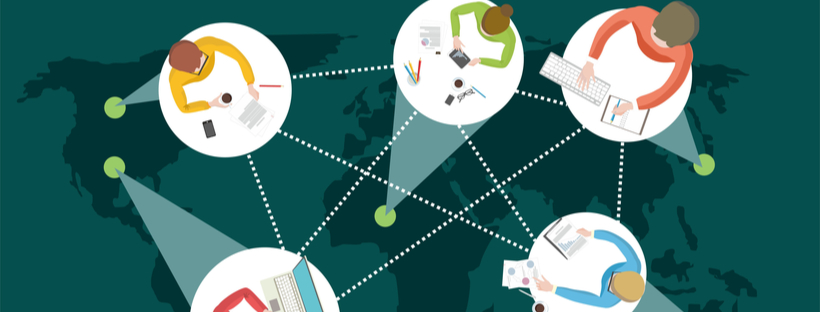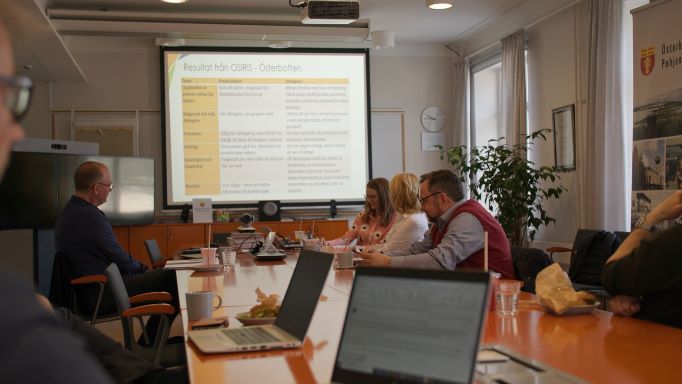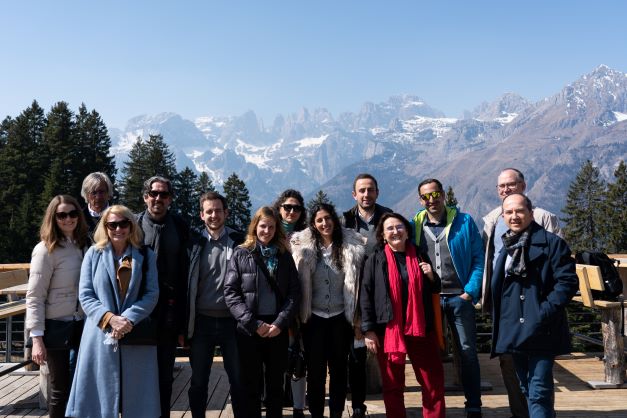What is Provincia Autonoma di Trento and who is Francesca Gleria?
The Trentino, officially the Autonomous Province of Trento, is an autonomous province of Italy, in the country's far north.
It can claim a truly unique historic and cultural identity, codified in the form of a special institutional autonomy granted after the Second World War (1946) in a specific agreement signed by Italy and Austria. In Trentino all the most important political decisions are taken locally, rather than being referred to central Government; hence economic decisions are made rapidly, on the basis of the specific characteristics of the area and with the objective of promoting excellence. The financial resources and wealth produced remain within our territory and are managed by the provincial government.
The provincial Smart Specialisation Strategy has identified four priority development areas: Mechatronics; Energy and the Environment; Quality of life; Agrifood. Within this frame, Open Data is considered a cross-cutting element able to have an influence in all the four areas.
I am a senior official at the Autonomous Province of Trento and the program manager of the “Open Data in Trentino” project from the incubation 2012, the open data program of the Trentino’s federated system that has established also the Trentino’s open data catalogue (dati.trentino.it).
What is your take on the Osiris project?
In my opinion the OSIRIS project could be described with the term “glocal”, think globally and act locally: at the same time, every partner has the possibility to compare itself with six other European regions/province/municipalities very different in size, traditions, culture, challenges and to use these experiences to influence the policy of it' s own territory.
After one year of Osiris – what have you learned?
Nowadays open and social innovation is a challenge for every public administration action. To meet this challenge it is mandatory to engage all the different stakeholders at the table of the decisions.
During the last 5 years, thanks to the Trentino Open Data Project, we have had the possibility to enable an ecosystem of open innovation with the business, the research, the policy makers and the citizens of our territory: the ongoing dialogue with our European partners, made possible by the OSIRIS project, gives us the possibility to broaden this network to a European level.
After one year of OSIRIS I have learned that even if the challenges that every partner wants to tackle are very different (from the energy issues we learnt in Ostrobothnia, to the cultural industry in Presov etc.), we are working together within the same European strategic framework and the contact with other regions helps all of us to improve the lens through which we act for innovation.
